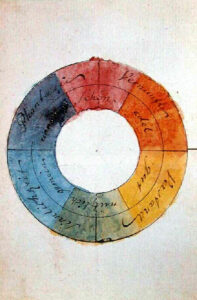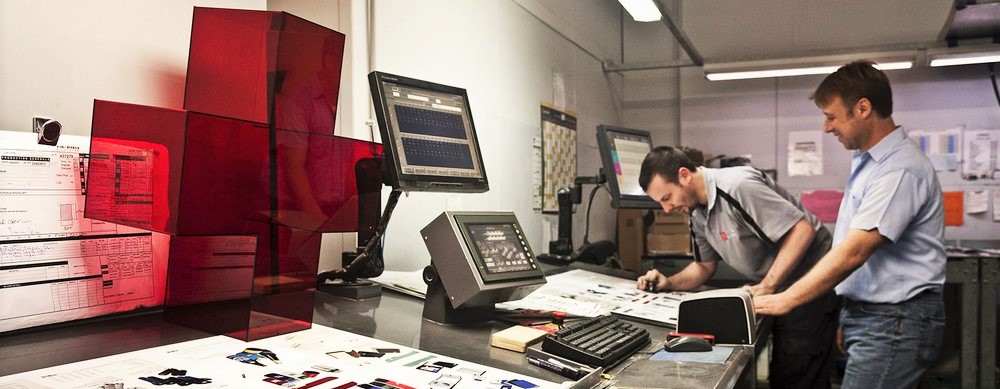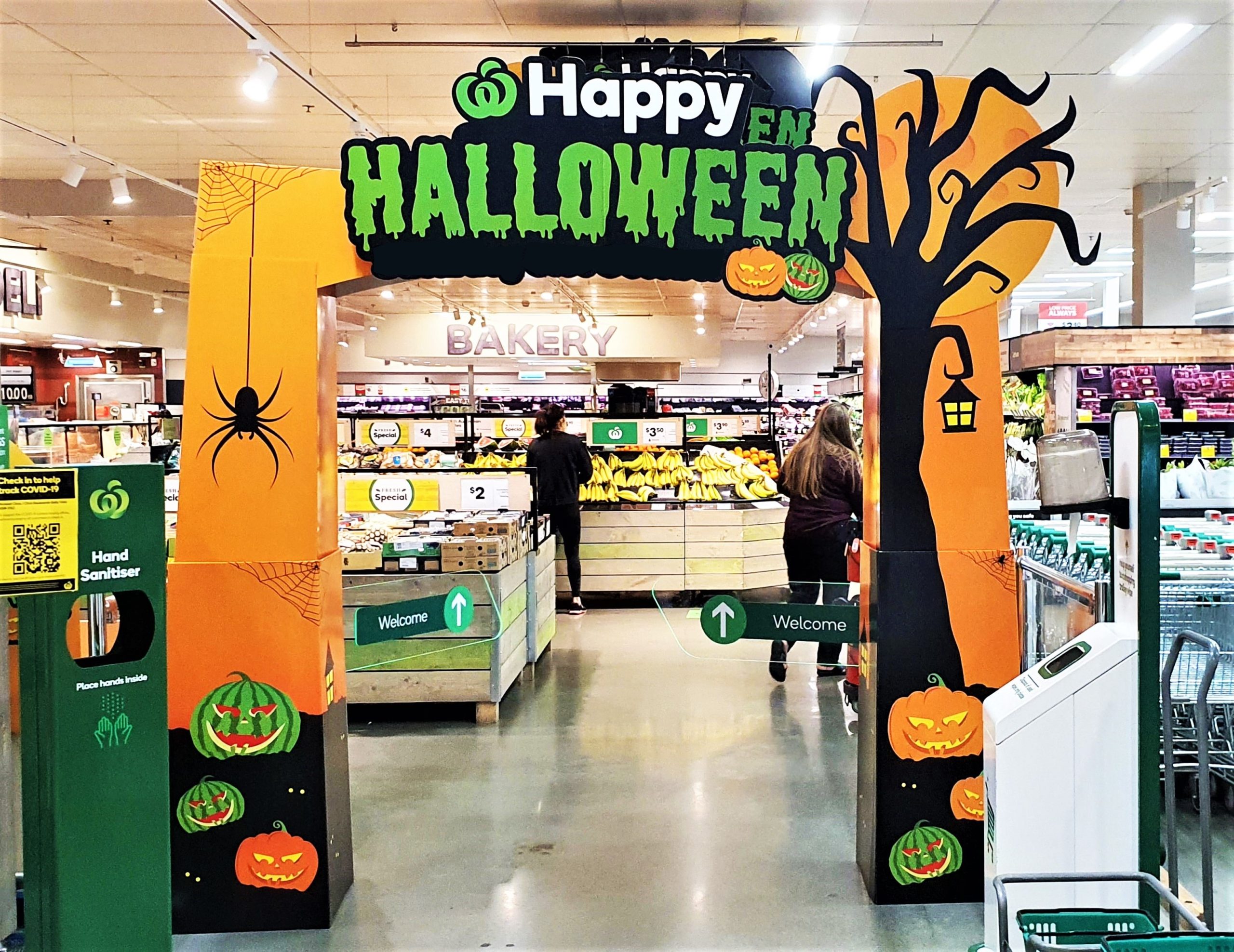Colour is a subjective perception that varies between light conditions, context and most of all: people. Colour is all around us, it affects our feelings, signals danger and highlights important things.
Often a rough description is sufficient: Water is blue, fire is red, grass is green. But as soon as you need to get more specific, it can get tricky: Fire can be yellow, as can grass during a long summer.
The sky blue over Sydney is distinctly different from the one over Dusseldorf (and so much more frequent).
As printers we need to produce accurate, predictable and consistent colour all the time. We cannot rely on our individual vision and perception, we employ sensitive instruments to measure colour.
 Humans have tried to get a handle on measuring colour for a long time: The Cyanometer was an early tool to determine how blue the sky really was. Over time there have been many different approaches of describing colour through charts and colour wheels with varying degrees of success.
Humans have tried to get a handle on measuring colour for a long time: The Cyanometer was an early tool to determine how blue the sky really was. Over time there have been many different approaches of describing colour through charts and colour wheels with varying degrees of success.
In our modern factory we employ densitometers and photospectrometers to accurately describe and measure colour and ink densities.
There is a standard, of course, for the handling and re-production of colour, ISO 12647, which specifies processes, procedures and values to be applied when producing colour.
SOS was certified to conform to this standard and has been re-certified several times since. This means that we can produce colours by numbers, we can hit the exact same colour another ISO certified printer would achieve, whether they’re in Australia, Europe, the US or anywhere else. In fact, our print partners in London and New York use the same standards to make sure that corporate colours match globally.




